How Did the First Humans Get to North America
First Americans may have arrived to the continent 30,000 years ago
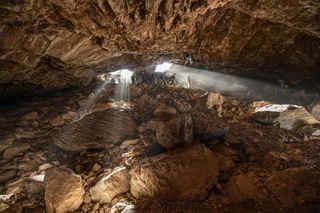
The early inhabitants of North America left behind precious few clues of their existence — a footprint here, a weapon and a mummy there — leading scientists to wonder exactly when the first people arrived on the continent.
Now, two new studies report a stunningly early date: Humans may have been living on the continent at least 30,000 years ago.
That would mean that the first North Americans may have arrived before the Last Glacial Maximum (LGM), between about 26,500 and 19,000 years ago, when ice sheets covered much of what is now the northern U.S. and Canada. However, humans didn't become widespread on the continent until about 14,700 years ago, when the population boomed.
"These are fascinating studies," said William Harcourt-Smith, a paleoanthropologist at Lehman College and the American Museum of Natural History, both based in New York City, who wasn't involved with the research. "It's now very clear that modern humans were in the Americas far earlier than we used to think. There have been other sites and scholars suggesting this, but it is rigorous studies like this that really seals the deal."
Related: 10 things we learned about the first Americans in 2018
In one study, archaeologists analyzed a remote cave in northwestern Mexico containing human-made stone tools that are up to 31,500 years old, according to dating models. This would push back dates for human dispersal into North America to as early as 33,000 years ago, the researchers said.
In the other study, archaeologists took already-published dates from 42 archaeological sites in North America and Beringia (the region that historically connected Russia and America), and plugged them into a model that analyzed human dispersal. This model found an early human presence in North American dating to at least 26,000 years ago.
Both studies, published online today (July 22) in the journal Nature, go against the "Clovis-first" model, a decades-old hypothesis that early humans arrived in the Americas via Beringia as the last ice age was ending, about 13,000 years ago. However, scientists have been chipping away at this model for years, as even older sites, including the newly analyzed cave in Mexico, are discovered and dated.
Image 1 of 4
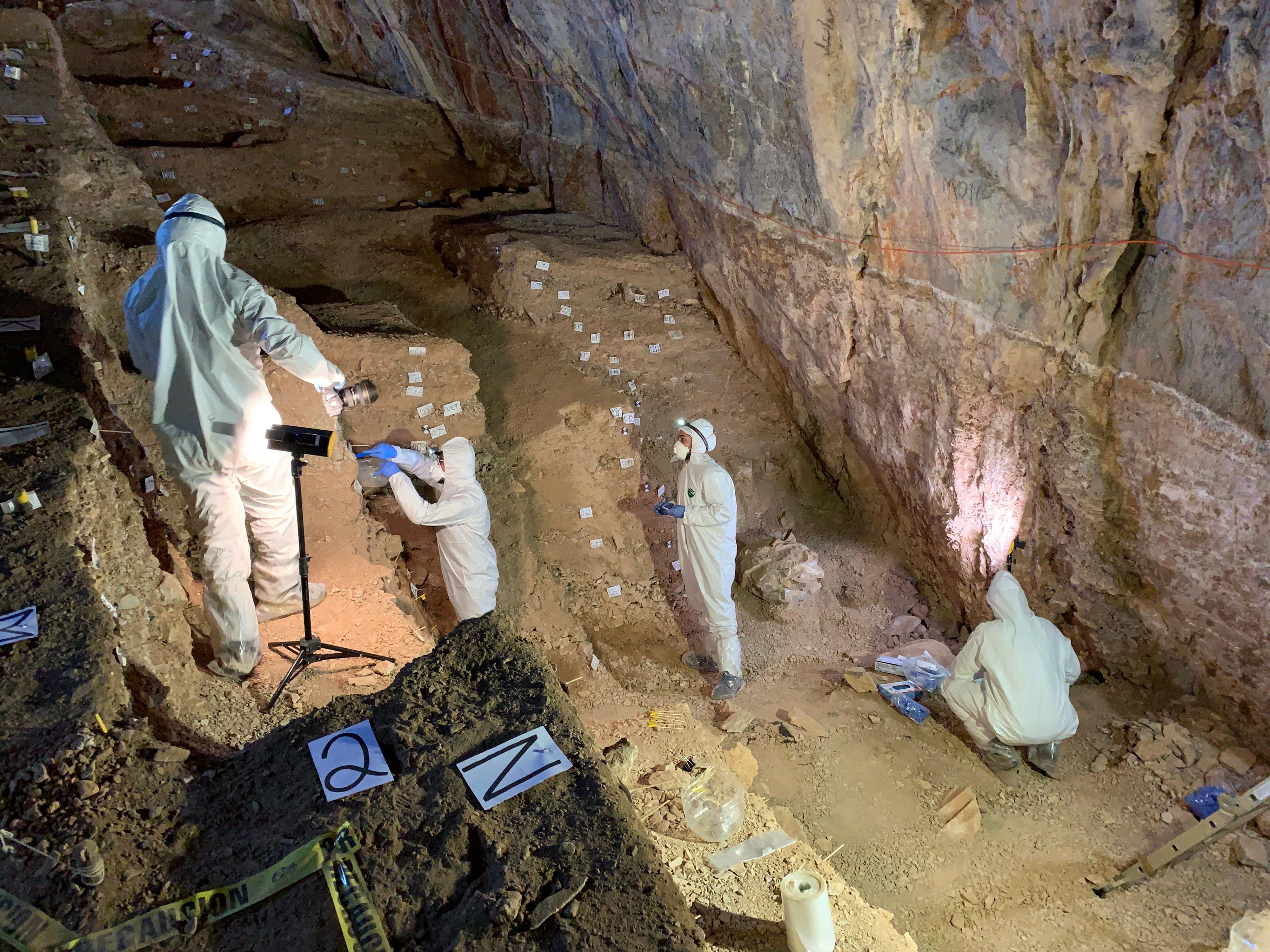
Image 2 of 4
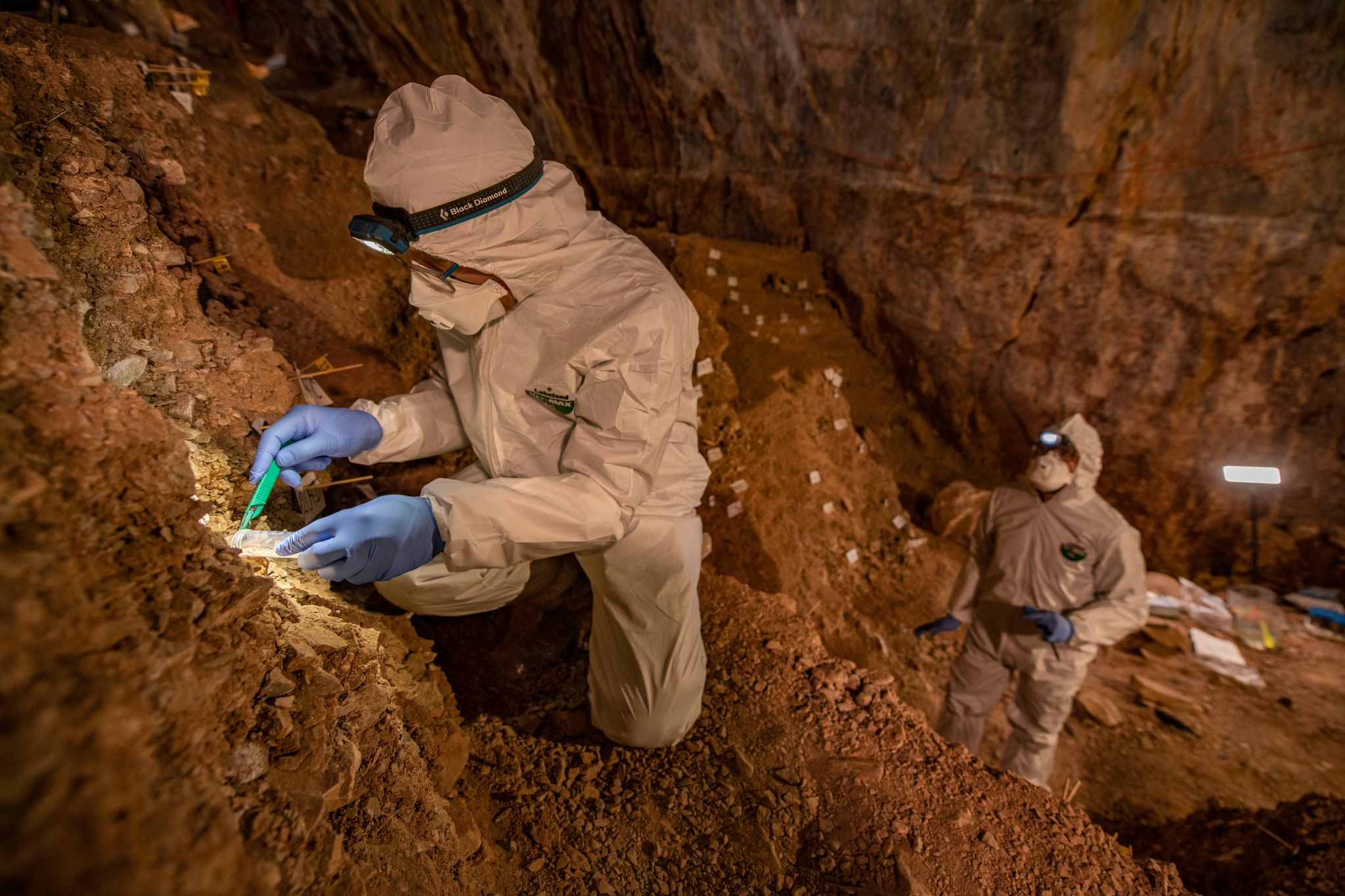
Image 3 of 4
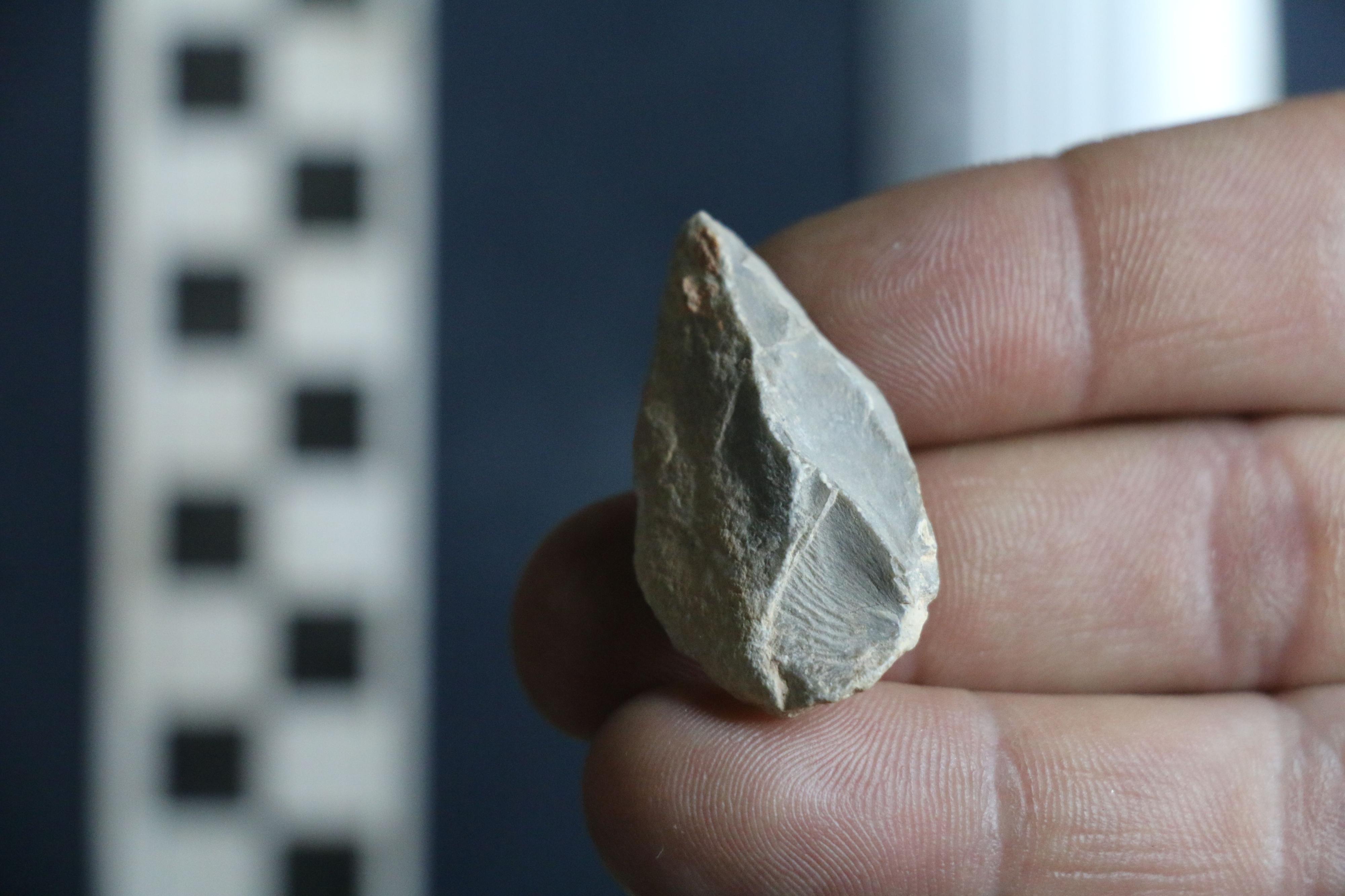
Image 4 of 4
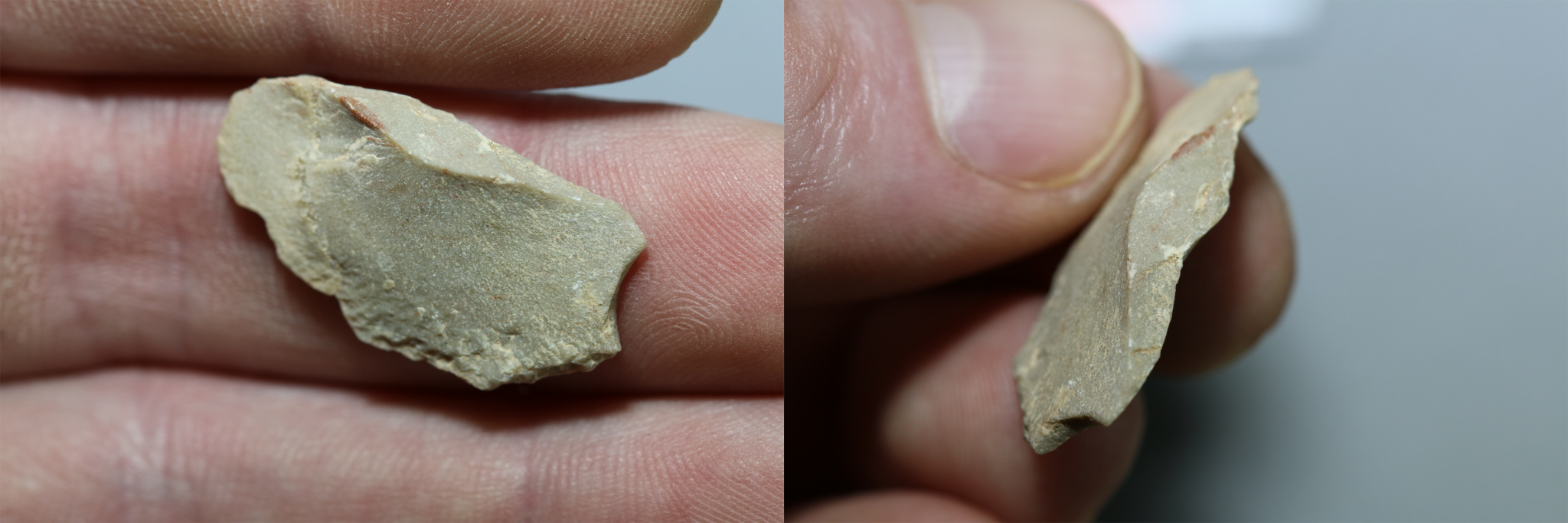
Cave in the mountains
In 2010, researchers found ancient stone tools in Chiquihuite Cave, a site in the mountains that sits 9,000 feet (2,740 meters) above sea level and about 3,200 feet (1,000 m) above the valley floor, the researchers wrote in the study. The terrain at the cave is challenging to navigate — the roof at the cave's entrance collapsed about 12,000 years ago, sealing it off — so the team did excavations about 165 feet (50 m) inside the cave. It was so hard to travel to and from the cave, that the archaeologists ended up living at the site for two seasons — a total of 80 days — in 2016 and 2017.
During that time, the team worked steadily, collecting bone, charcoal and sediment. They used two techniques to date the roughly 1,900 stone tools in the cave: radiocarbon dating and optically stimulated luminescence (OSL). With OSL, researchers assessed when quartz grains in the sediment had last been exposed to sunlight. To avoid biasing the results, "when we extracted the samples, it had to be in complete darkness," said study lead researcher and director of the excavation, Ciprian Ardelean, an archaeologist at the Autonomous University of Zacatecas.
Related: In photos: The Clovis culture & stone tools
The radiocarbon dating and the OSL dates matched, suggesting that the dating was accurate, Ardelean said. Then, the researchers divided the layers into two main sections — a younger layer dating to between 16,600 and 12,200 years ago, which contained about 88% of the stone tools, and an older layer that was about 16,600 to 33,000 years old, which held about 12% of the stone tools.
Ardelean noted that the stone tools show clear signs of human sculpting, including signs that ancient humans hit one type of rock with another to make a sharp, pointed edge, known as a flake. "You can also see repeated blows on the same spot from different angles when it was harder for them to separate the flakes and they are trying again and again," Ardelean told Live Science.
However, a hunt for genetic material in the cave yielded only plant and animal DNA (including junipers, firs and pines, bats, bears, voles, deer mice and marmots), but not human DNA.
The tools were of a style never seen before by archaeologists, but this style didn't change much over the thousands of years. Also, there weren't many tools given how long the cave was used, so it appears that the cave was used sparsely, he said. More evidence of human activity may lie closer to the entrance of the cave, but that area would be challenging to excavate because of the collapsed entrance, he said.
In addition, the team found evidence of sulfur, potassium and zinc, elements that could be signs of human activities, such as butchering animals or urination, although it's also possible that these elements were left by carnivores using the cave, Ardelean said.
Chiquihuite Cave is one of the few analyzed sites indicating that humans lived in North America before the beginning of the LGM, said Justin Tackney, an associate researcher in the Department of Anthropology at the University of Kansas, who was not involved in the study.
"If the authors are correct, Chiquihuite Cave would represent a very significant discovery in our field," because the site was used up to about 30,000 years ago, Tackney told Live Science. "This would then lead to questions of which physical routes would these humans have taken to get that far south at such an early date, particularly during the maximal extent of the ice sheets."
These dates are so early, "the focus now will be on the veracity of those few older lithic artifacts," Tackney said.
Related: The 25 most mysterious archaeological finds on Earth
However, the analysis of all of these stone tools shows that the humans who used the cave were flexible enough to deal with the elements so high above sea level, Harcourt-Smith said. What's more, "it shows that Mexico is an important region to be focusing on in relation to understanding the earliest humans in the Americas," Harcourt-Smith told Live Science.
North American travels
The other study pulled data from archaeological analyses of early North American sites. In particular, the researchers were interested when humans first began occupying each site, "since people are present in a region before an archaeological site is created," said study lead researcher Lorena Becerra Valdivia, an archaeological scientist at the University of Oxford in England and the University of New South Wales in Australia.
"It is reasonable to assume, for example, that there were people in North America before we see their trace in Mexico at Chiquihuite Cave," Becerra Valdivia told Live Science in an email. "In this way, our study was to identify large-scale patterns of human migration into and through the continent over time."
After analyzing data from 42 archaeological sites across the continent, the researchers found that "whilst there were humans in North America before, during and immediately after the Last Glacial Maximum, populations expanded significantly across the continent much later, during a period of abrupt global climate warming at the end of the Ice Age, beginning at around 14,700 years ago," said Becerra Valdivia, who was also a co-researcher on the Chiquihuite Cave study.
This analysis is based on the fact that three major stone tool traditions — the Clovis, Western Stemmed and Beringian — all began at about the same time, as well as genetic evidence that points to a population spike. This population growth likely played a role in the decline of large animals such as mammoths and camels, although climate change at the end of the last ice age likely contributed too, she said.
"It seems, therefore, that the initial arrivals did not have a marked, immediate impact in megafaunal decline," Becerra Valdivia said. "Population expansion and growth later on were key."
Related: 10 Extinct Giants That Once Roamed North America
She acknowledged that because this study focuses only on North American, similar research on South America is needed. "Only by unlocking the history of initial human occupation there [in South America] will we be able to see the entire picture and understand the full migration pattern," Becerra Valdivia said.
This statistical modeling does make some assumptions about occupation dates, "making their conclusions more open to interpretation and debate," Harcourt-Smith said. However, it also shows "that if we take a total evidence approach to the first occupation of the Americas, the data suggest (only suggest) that humans may have been around as far back as 30,000 years ago, which is extraordinary," Harcourt-Smith said. "Obviously, we'll need hard evidence [such as human remains or DNA] to back up this suggestion, but it's exciting to think about."
Originally published on Live Science.

Laura is an editor at Live Science. She edits Life's Little Mysteries and reports on general science, including archaeology and animals. Her work has appeared in The New York Times, Scholastic, Popular Science and Spectrum, a site on autism research. She has won multiple awards from the Society of Professional Journalists and the Washington Newspaper Publishers Association for her reporting at a weekly newspaper near Seattle. Laura holds a bachelor's degree in English literature and psychology from Washington University in St. Louis and an advanced certificate in science writing from NYU.
How Did the First Humans Get to North America
Source: https://www.livescience.com/first-north-americans-30000-years-ago.html